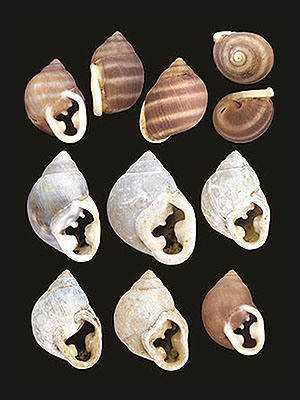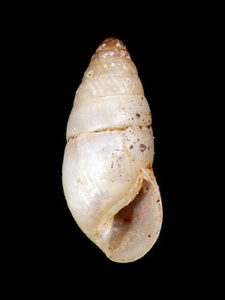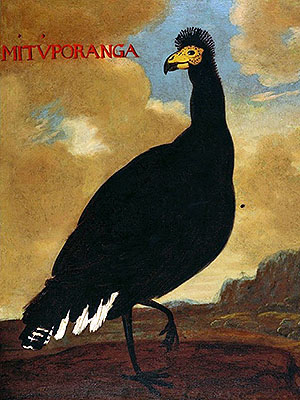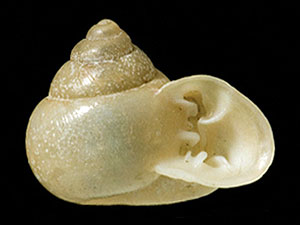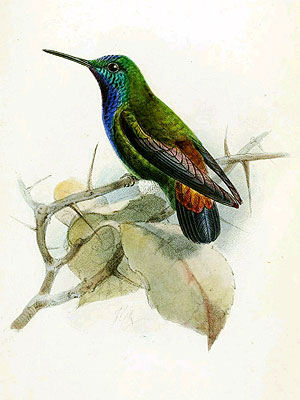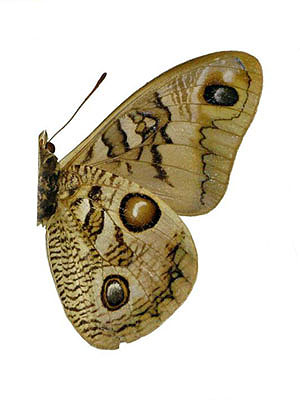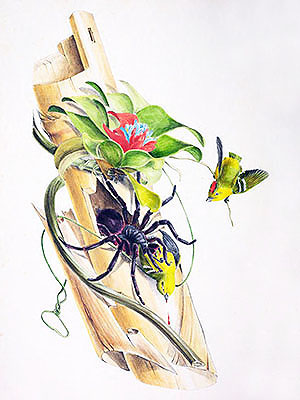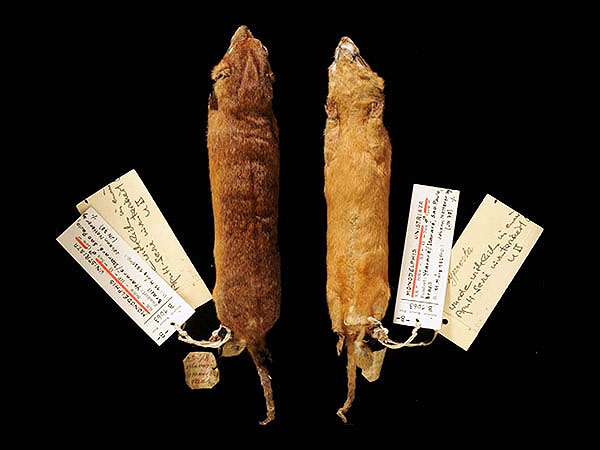Pernambuco Pygmy Owl (Glaucidium mooreorum)
The Pernambuco Pygmy Owl was described in 2002, it is/was restricted to the state of Pernambuco in eastern Brazil.
The species was restricted to an extremely small range when it was described, and the population was estimated to count only about 50 birds or perhaps even less.
***
The Pernambuco Pygmy Owl is now considered extinct, since the only known habitat of the species is now nearly completely destroyed. [1]
***
The photo below shows a related taxon, the Ferruginous Pygmy Owl (Glaucidium brasilianum (Gmelin)), a species that occurs also in Pernambuco, Brazil.
*********************

Photo: Gustavo Sandres
https://www.inaturalist.org/people/sandres
https://creativecommons.org/licenses/by-sa/4.0/
*********************
References:
[1] Stuart H. M. Butchart; Stephen Lowe; Rob W. Martin; Andy Symes; James R. S. Westrip; Hannah Wheatley: Which bird species have gone extinct? A novel quantitative classification approach. Biological Conservation 227: 9-18. 2018
*********************
edited: 18.02.2024

